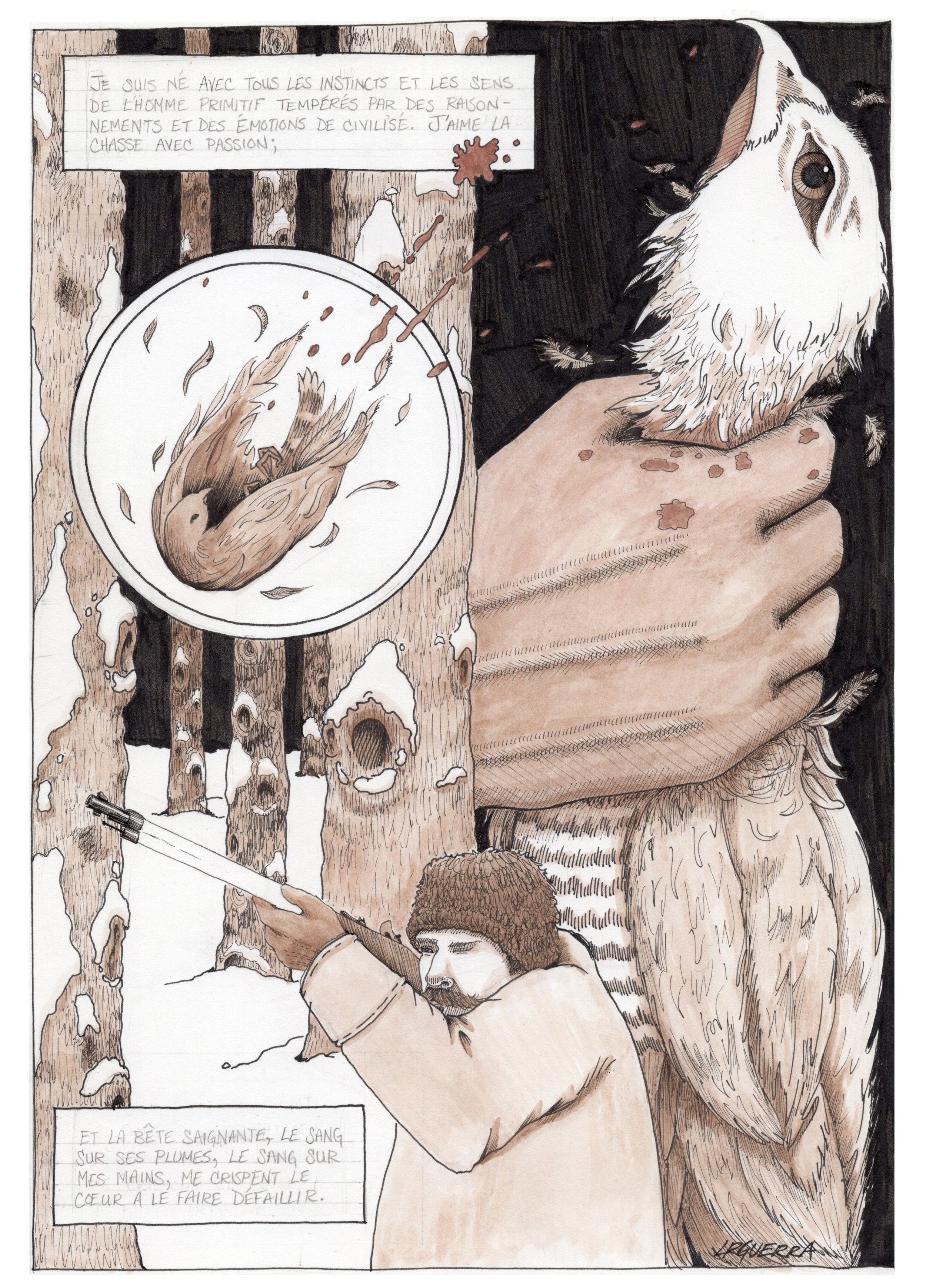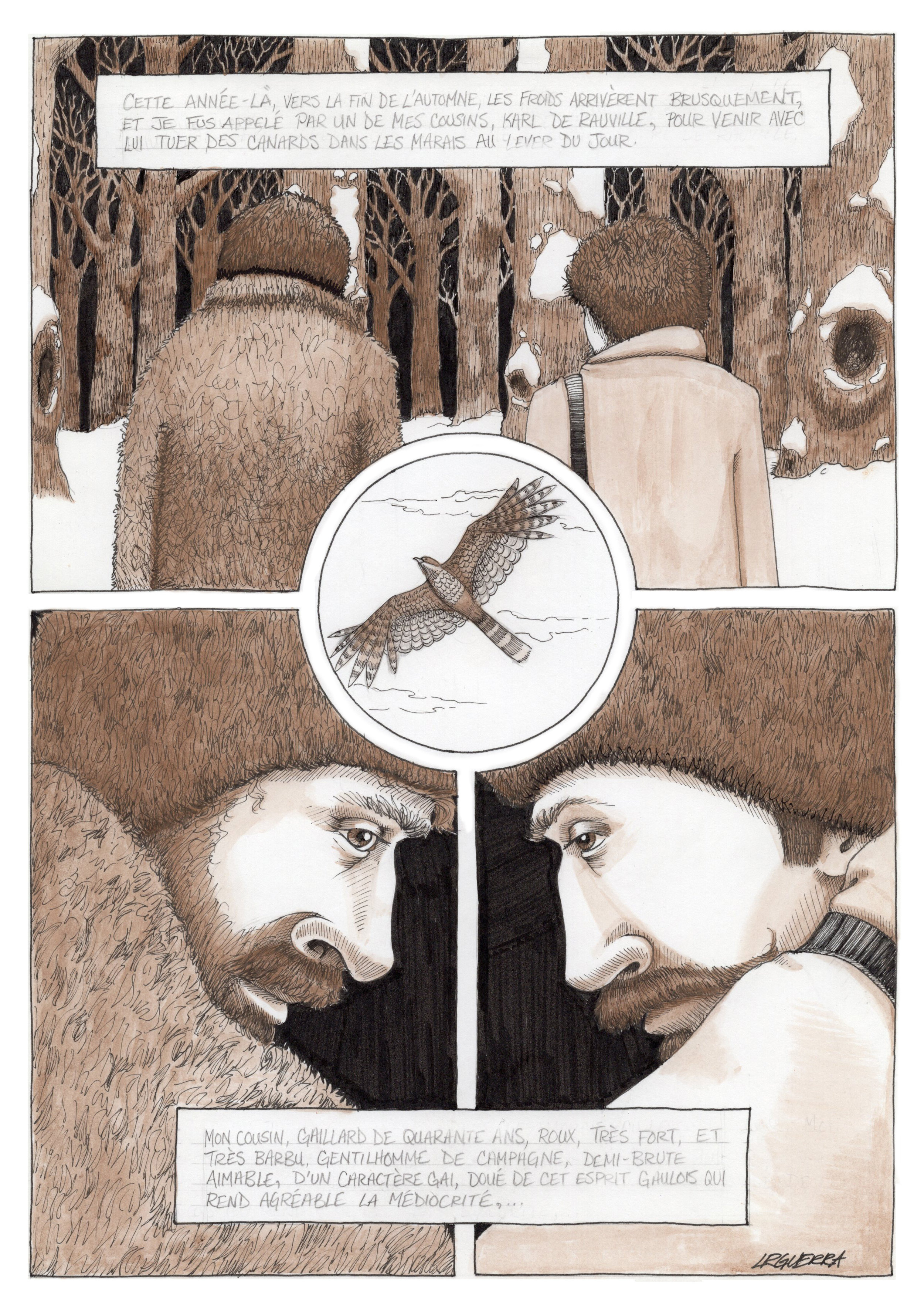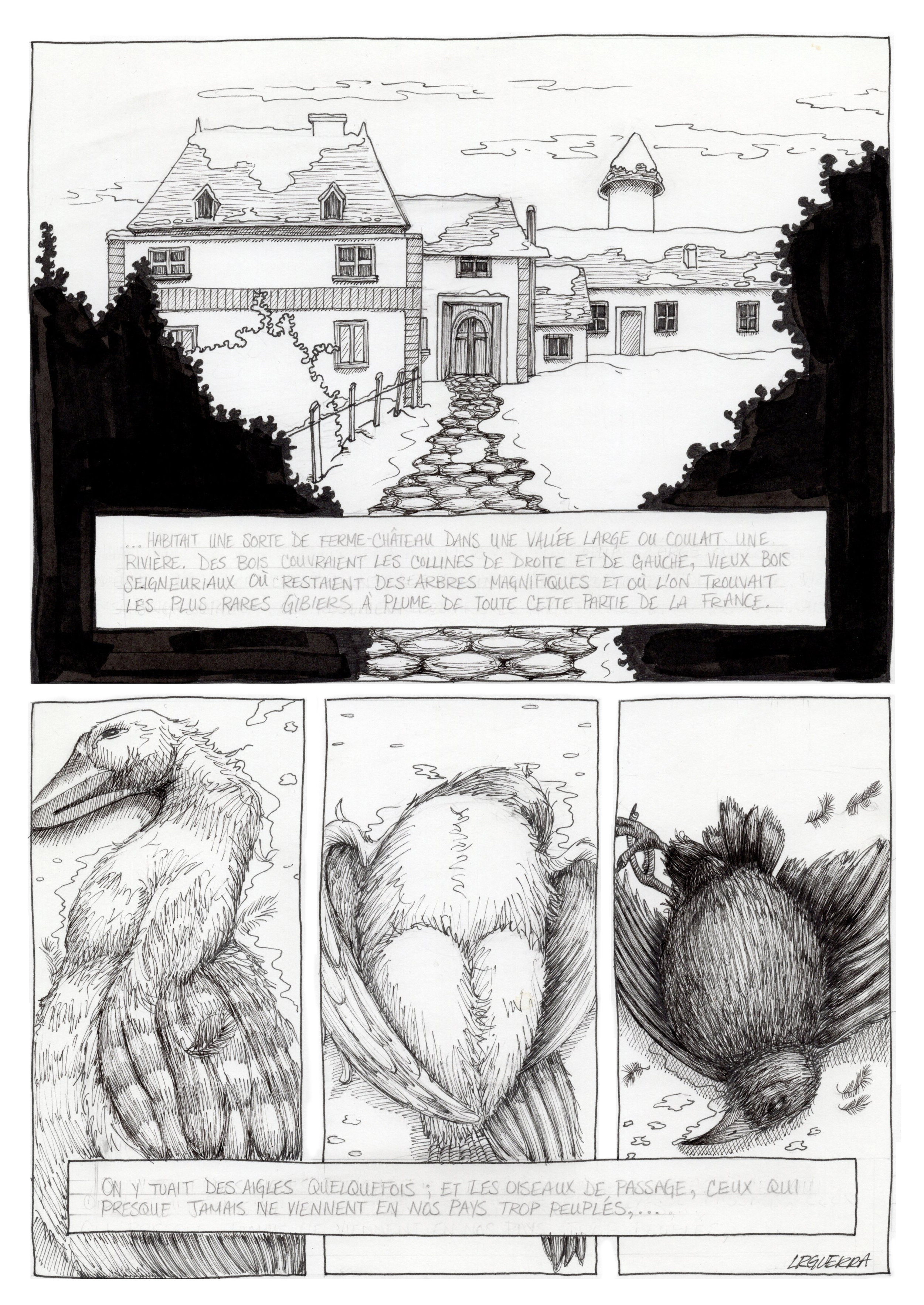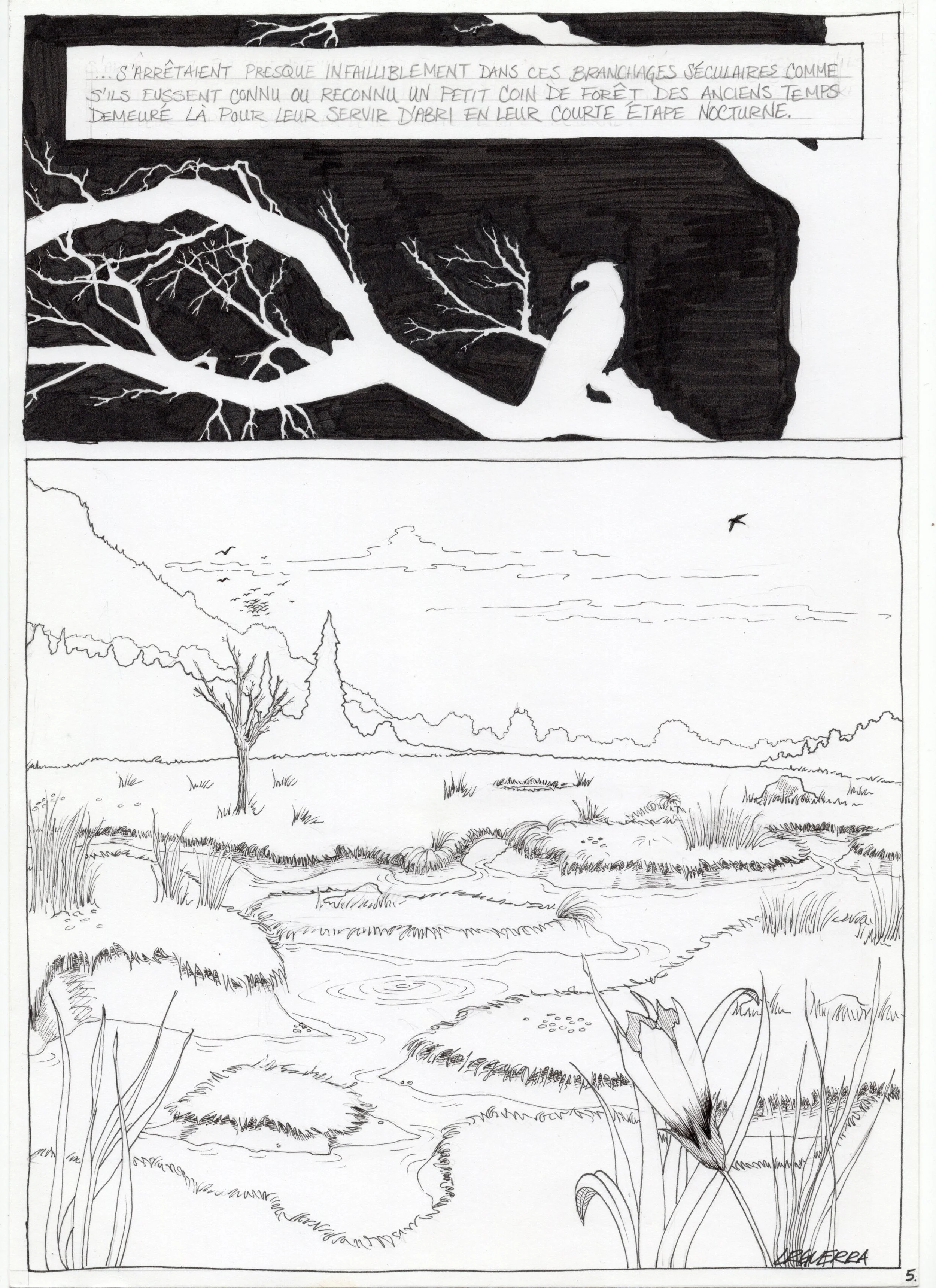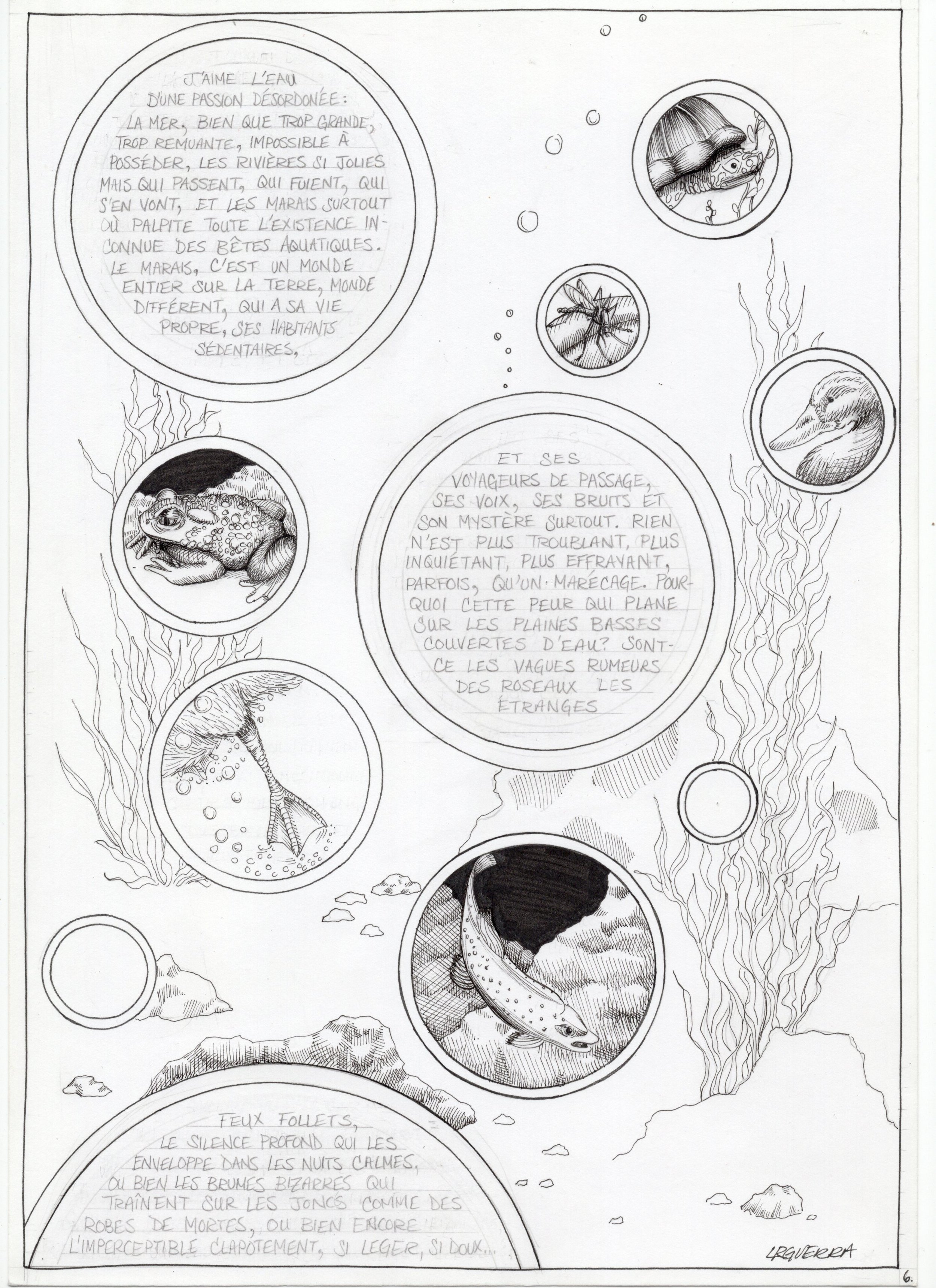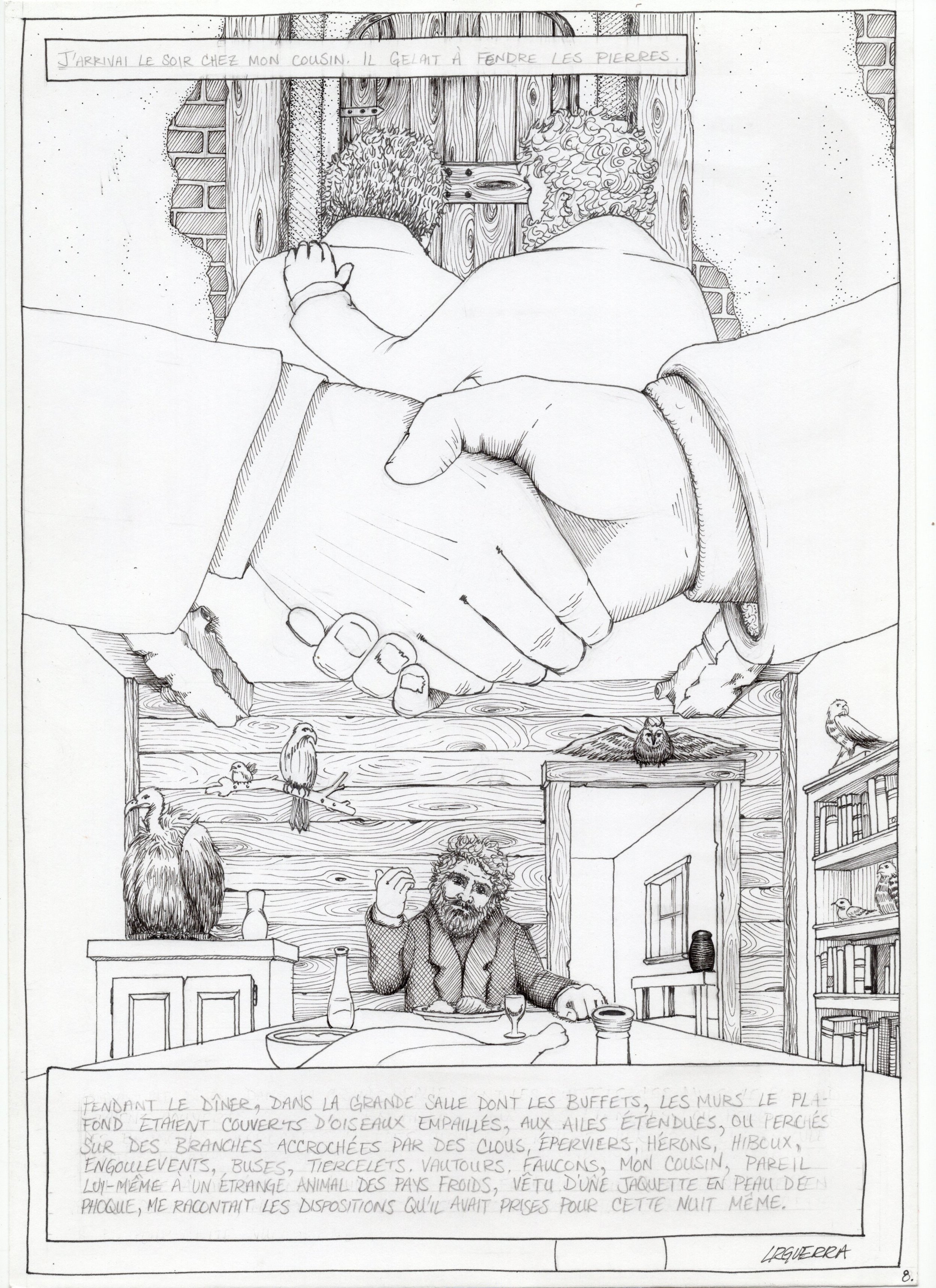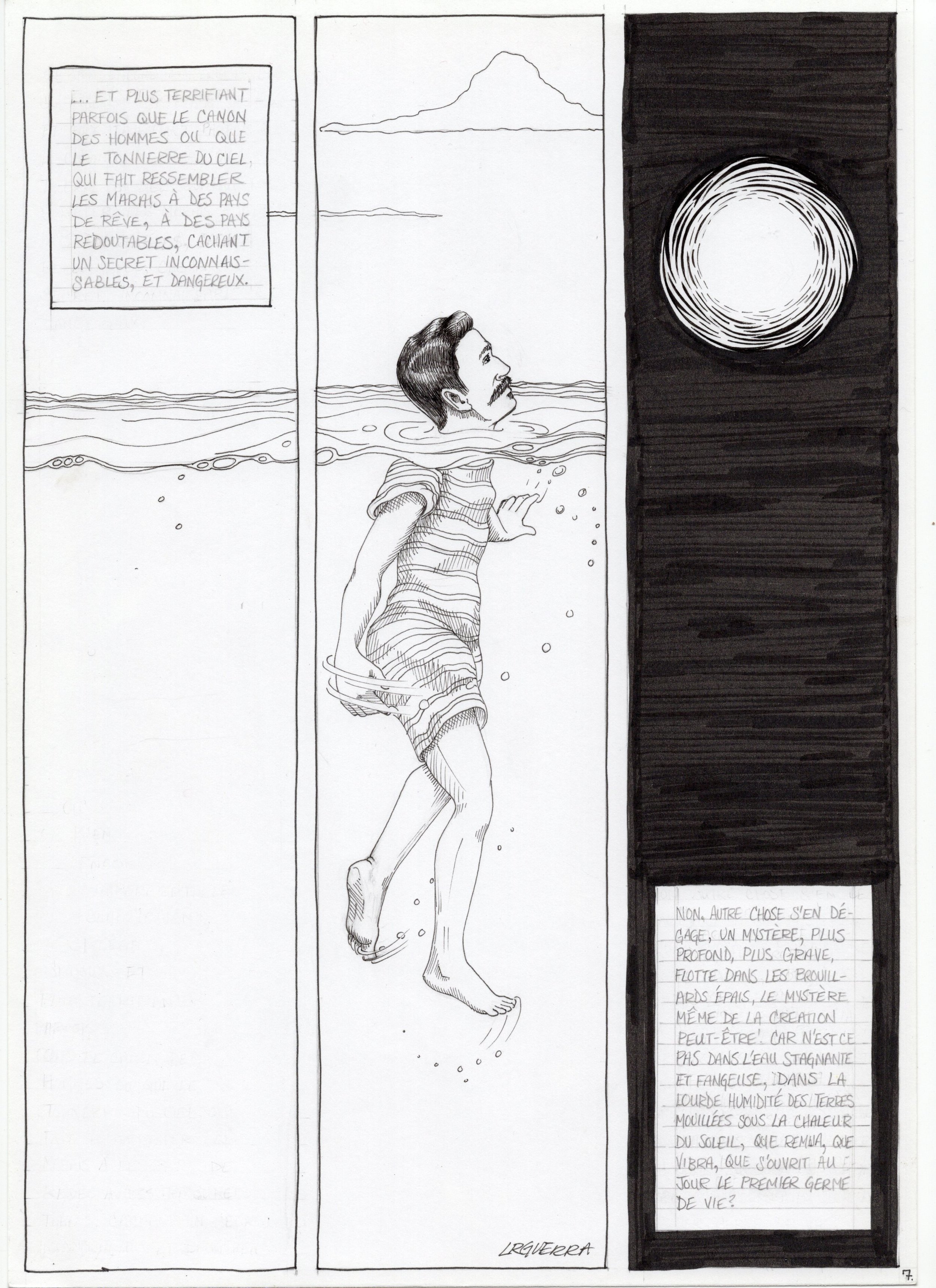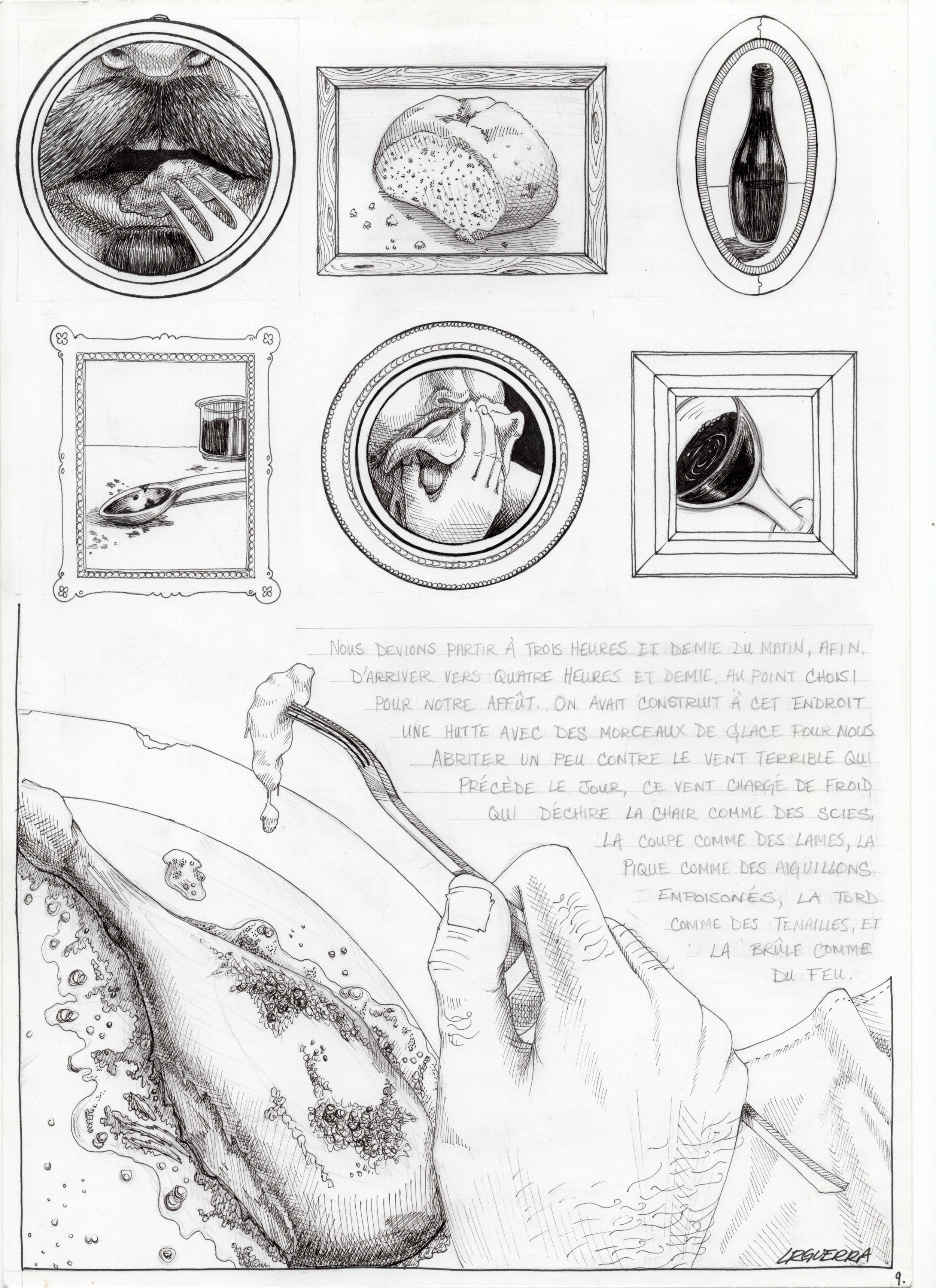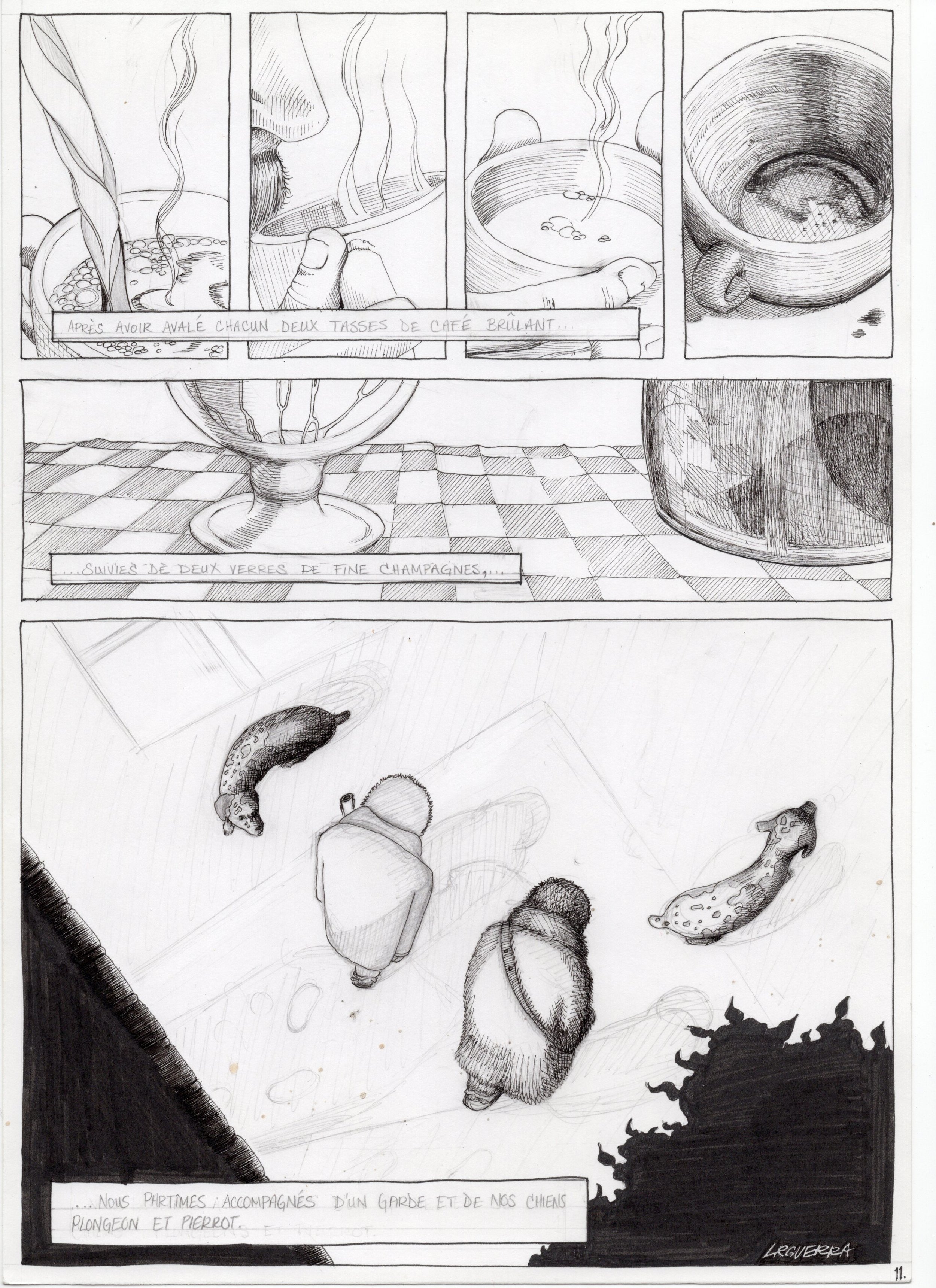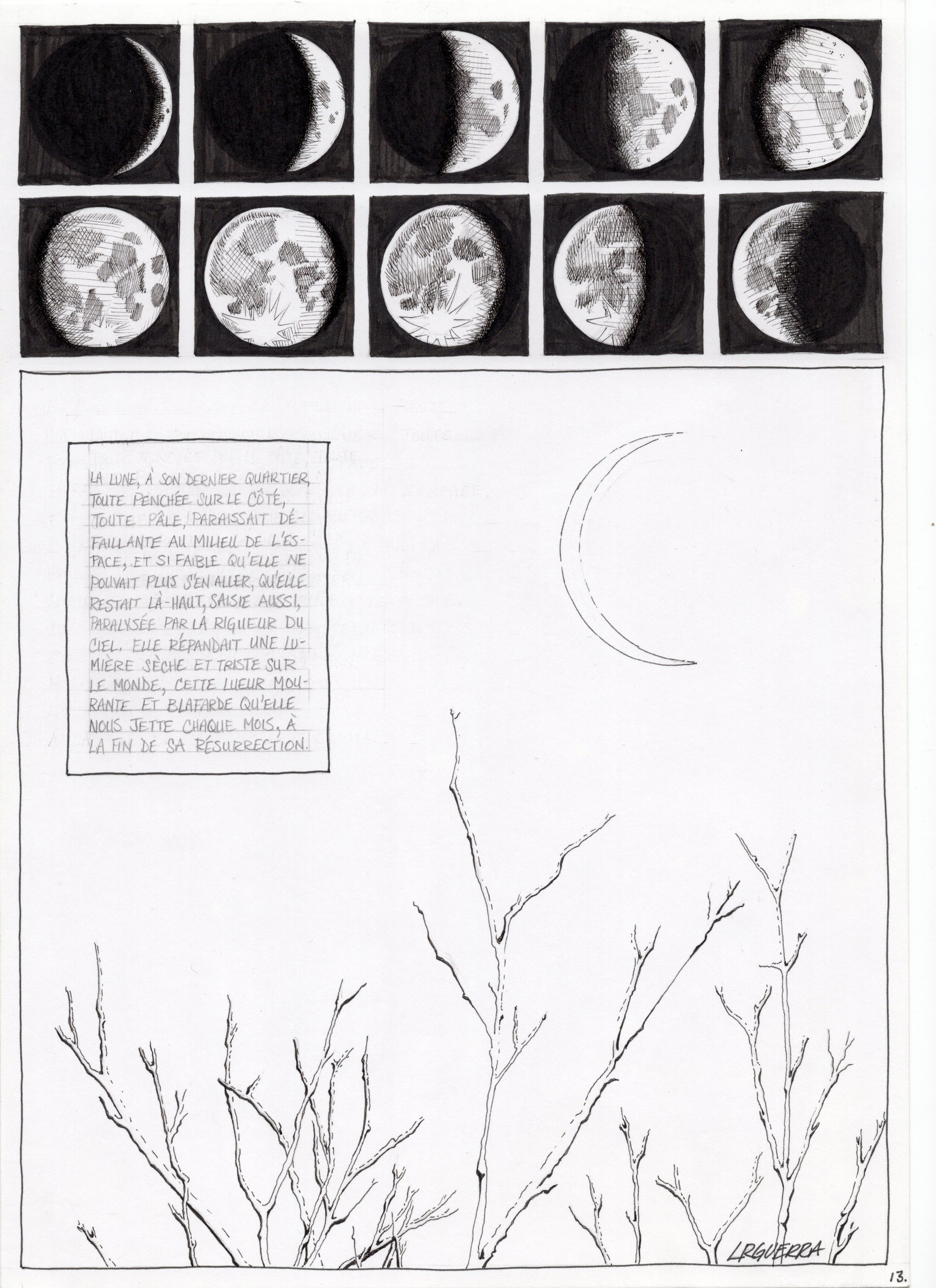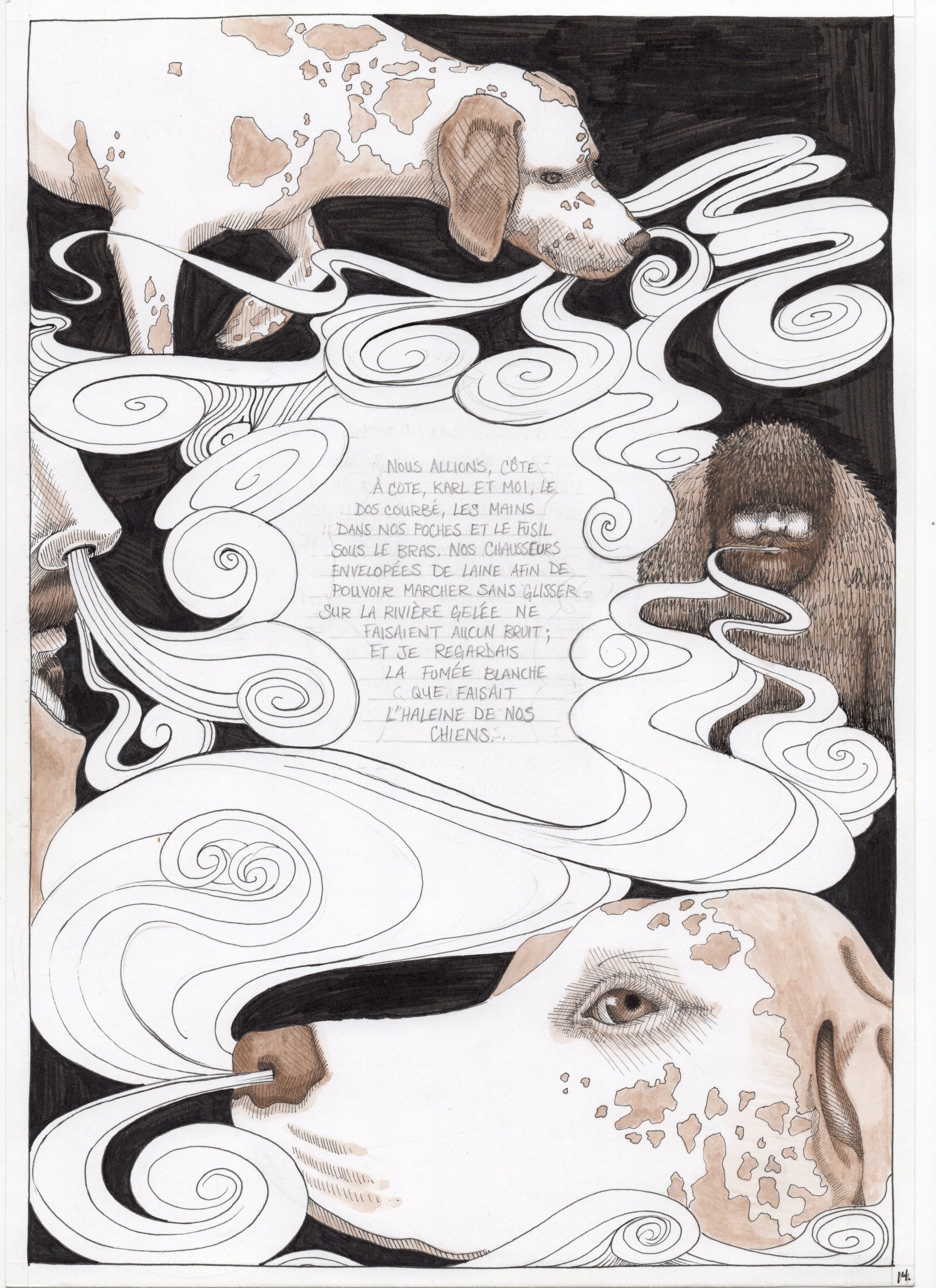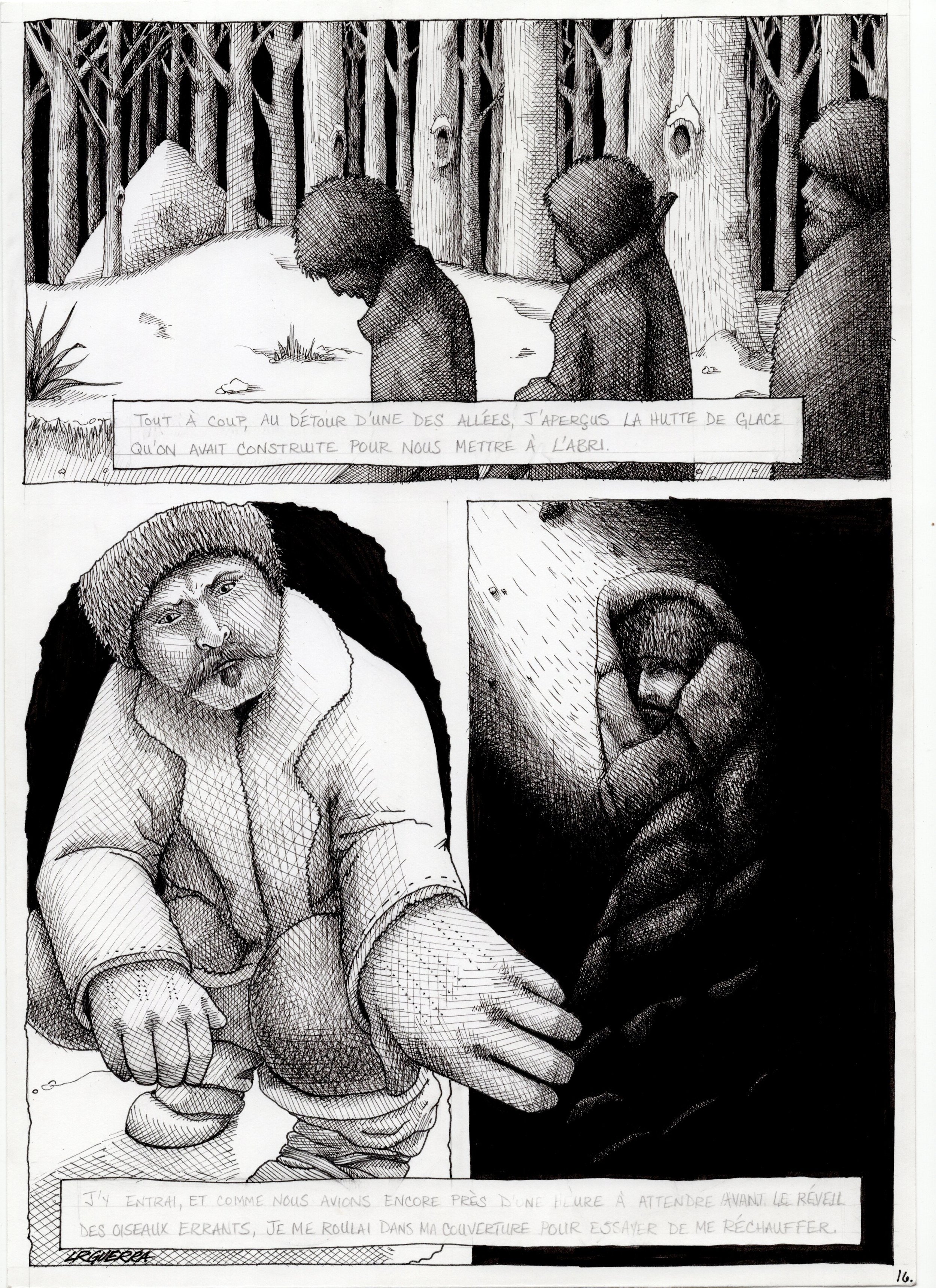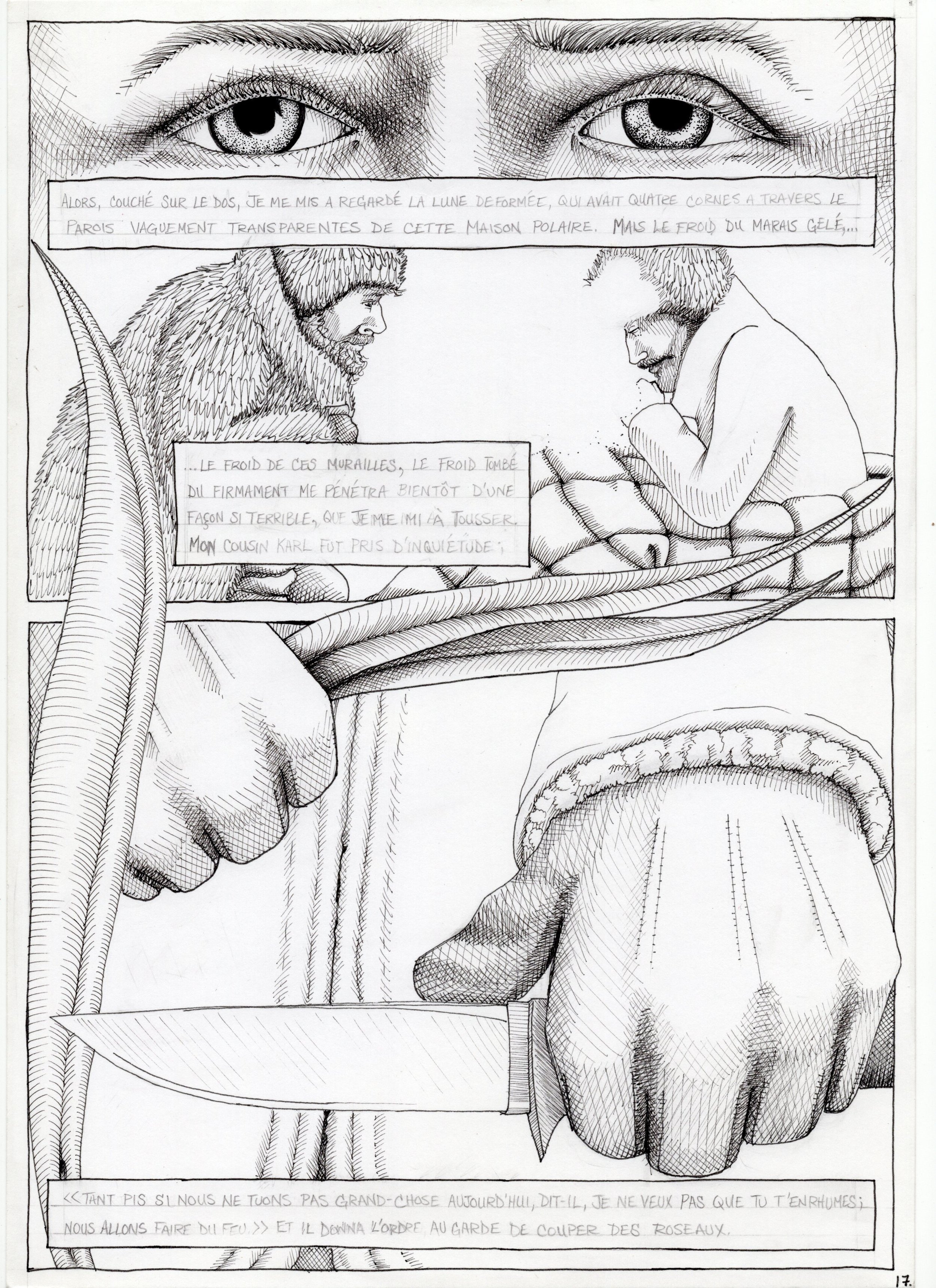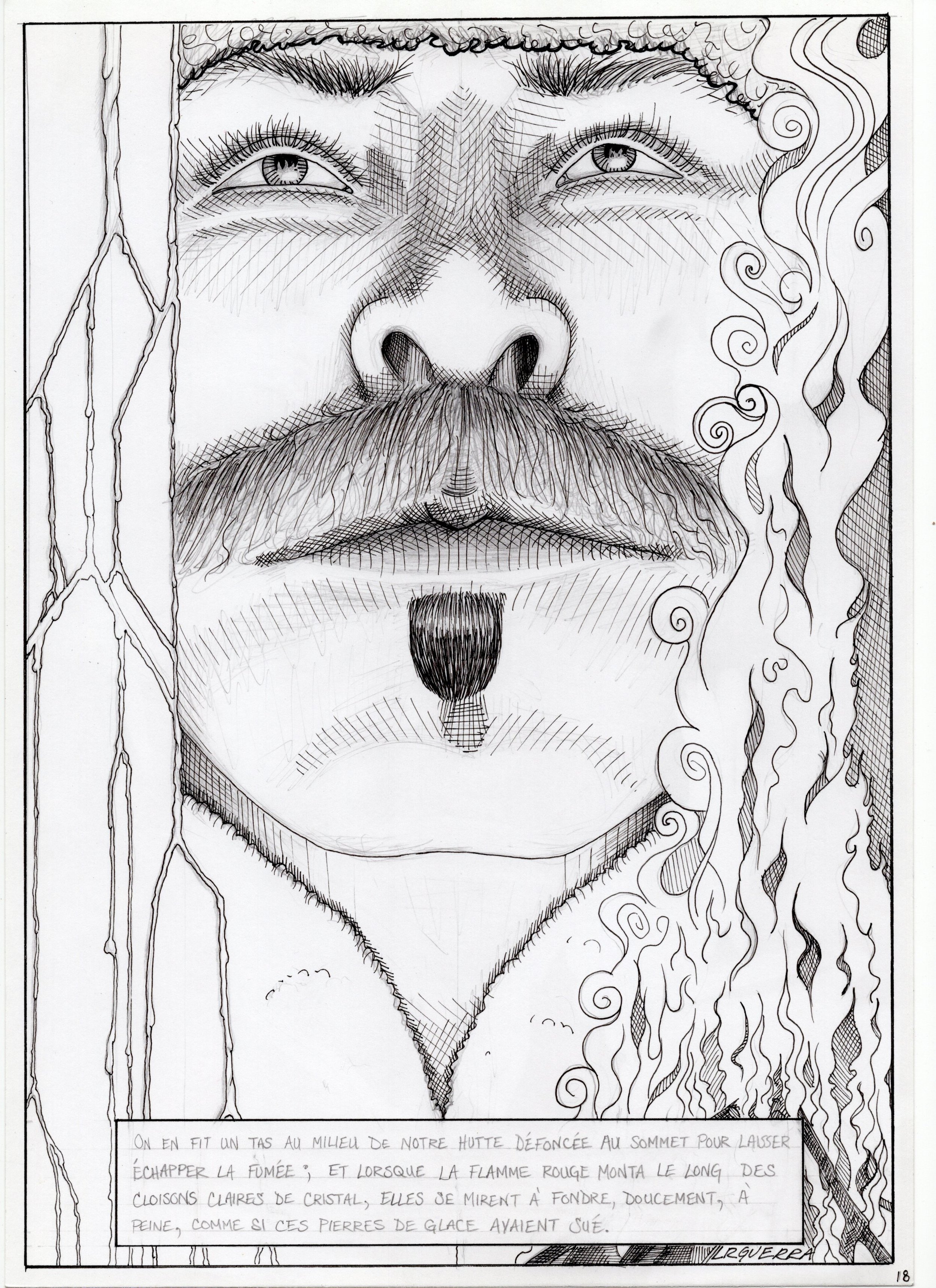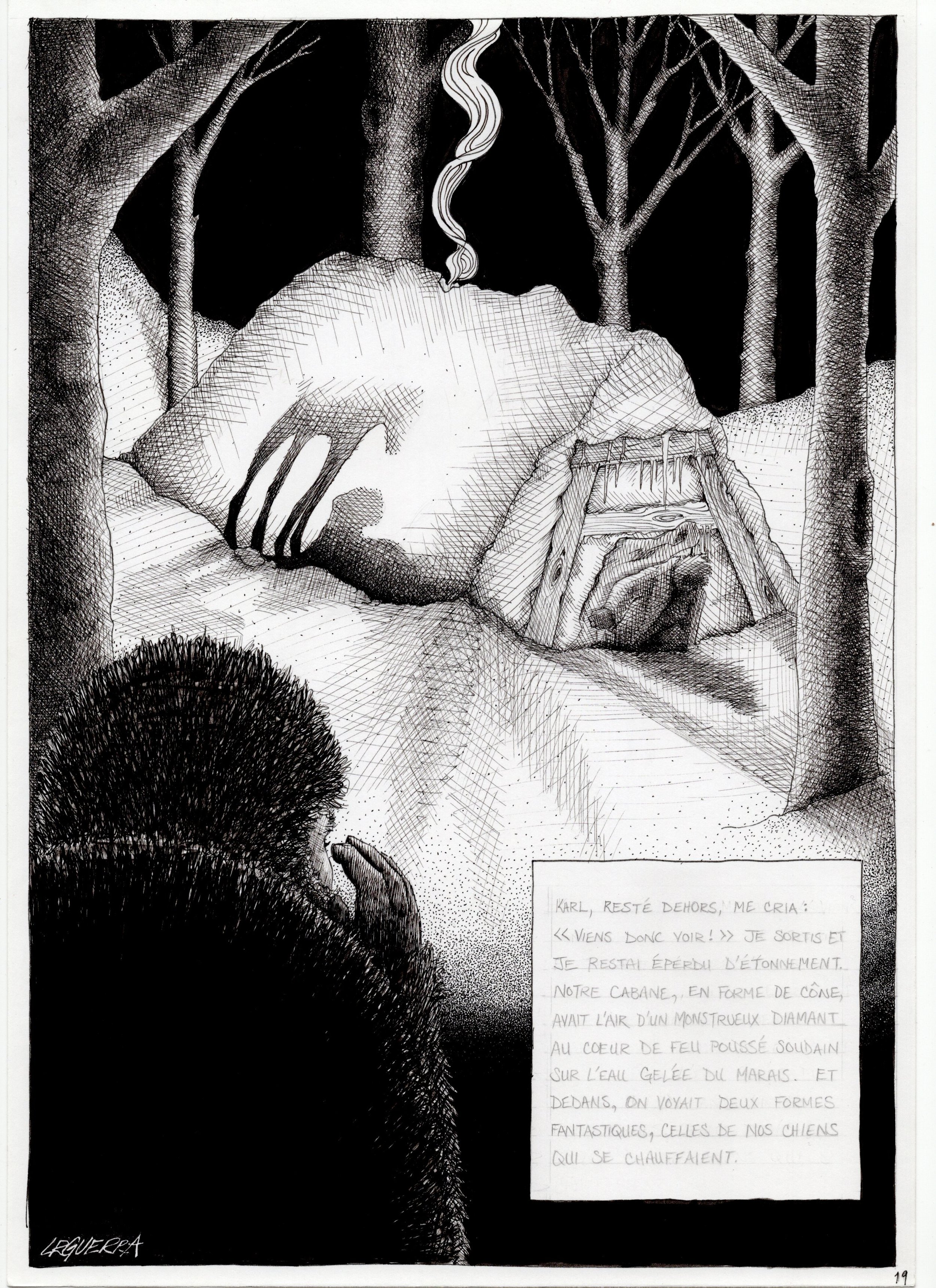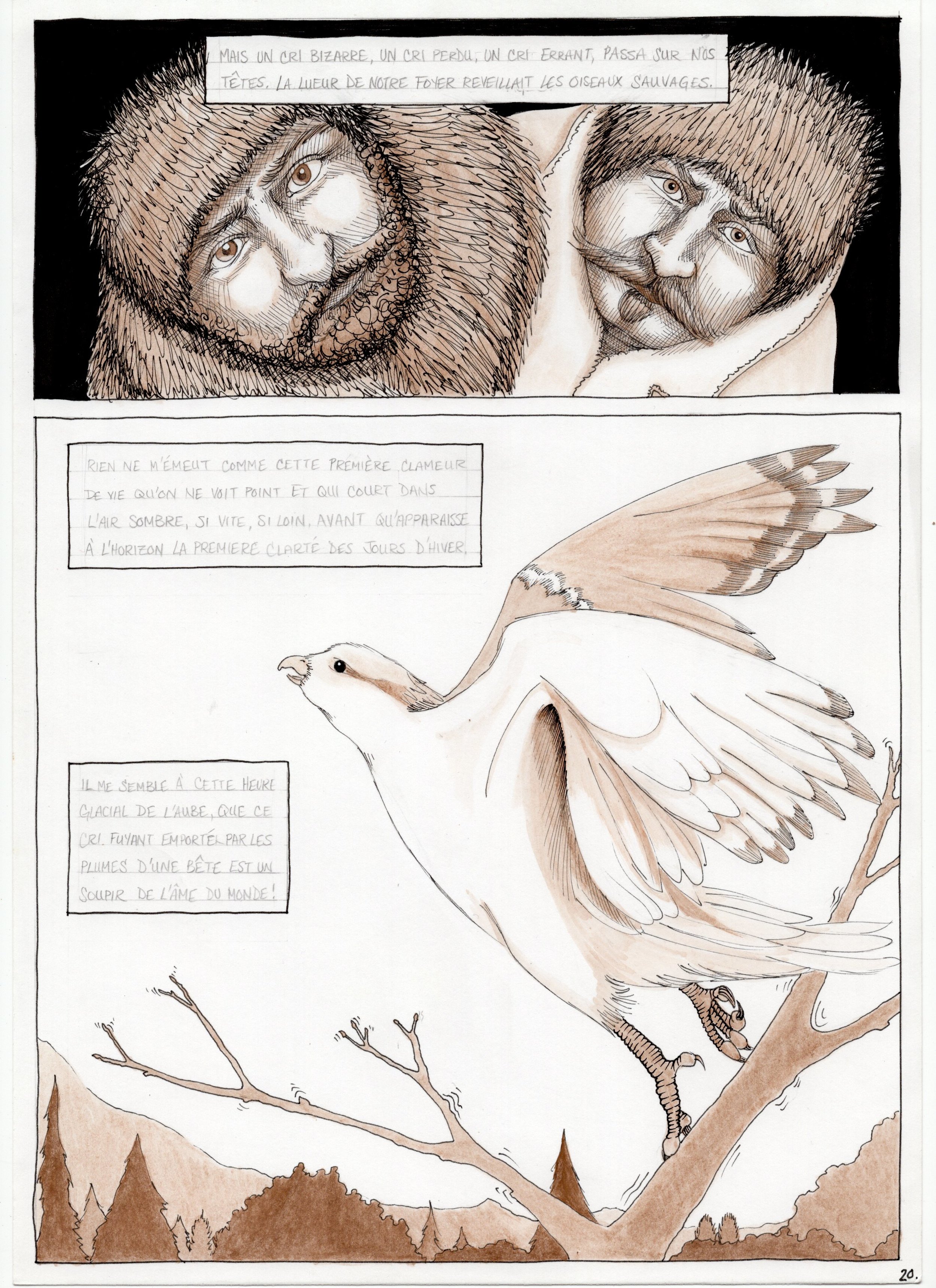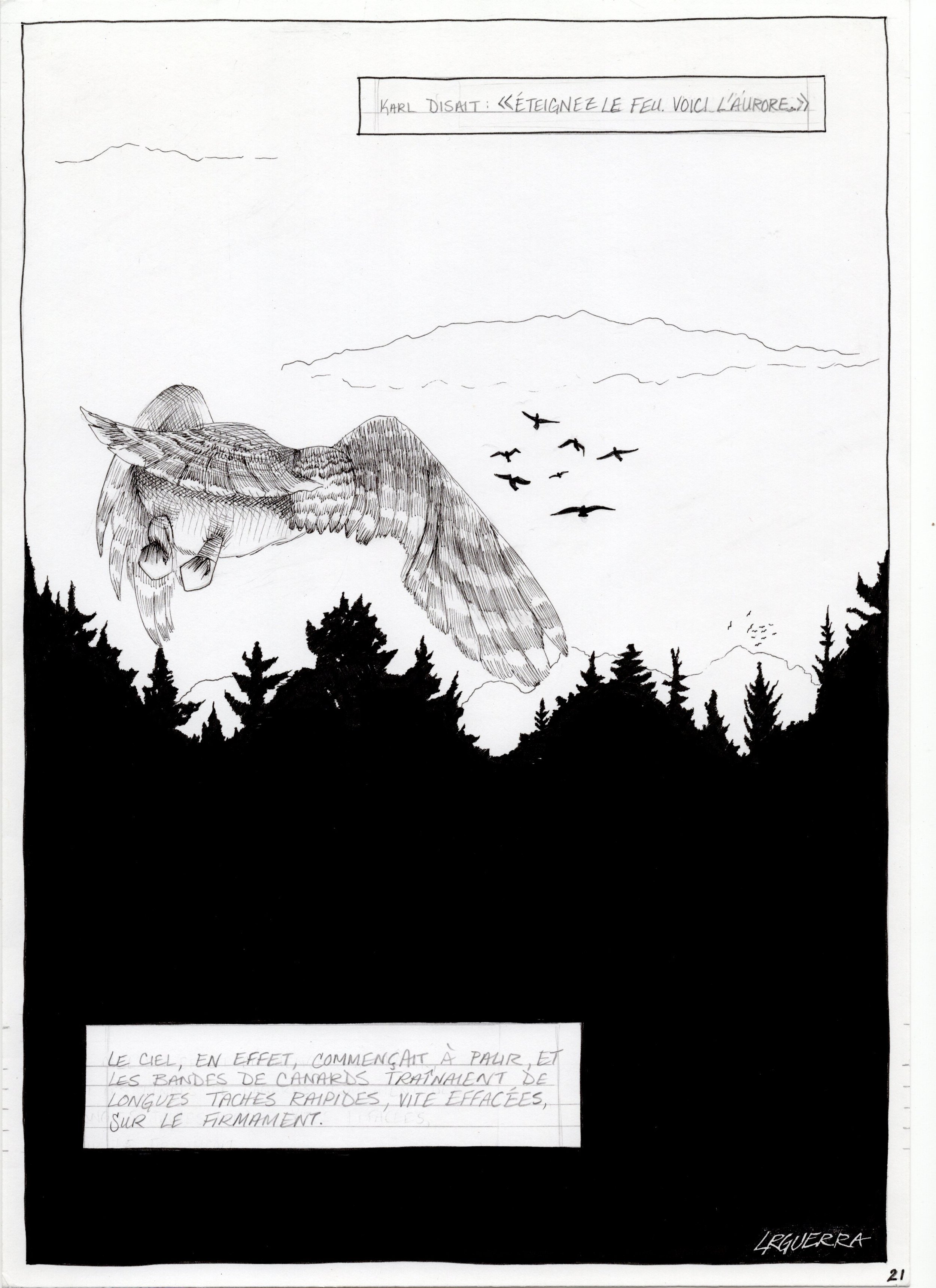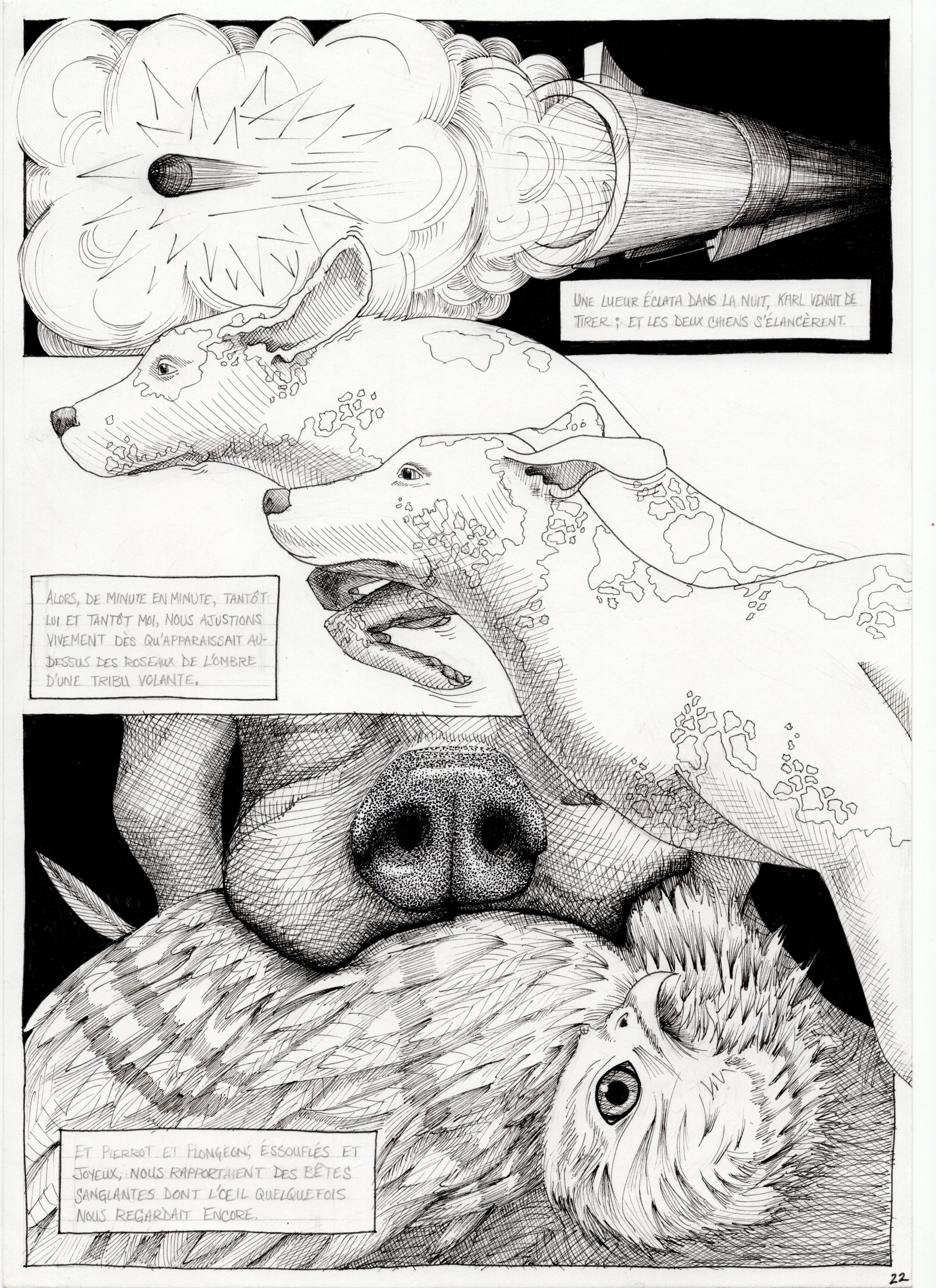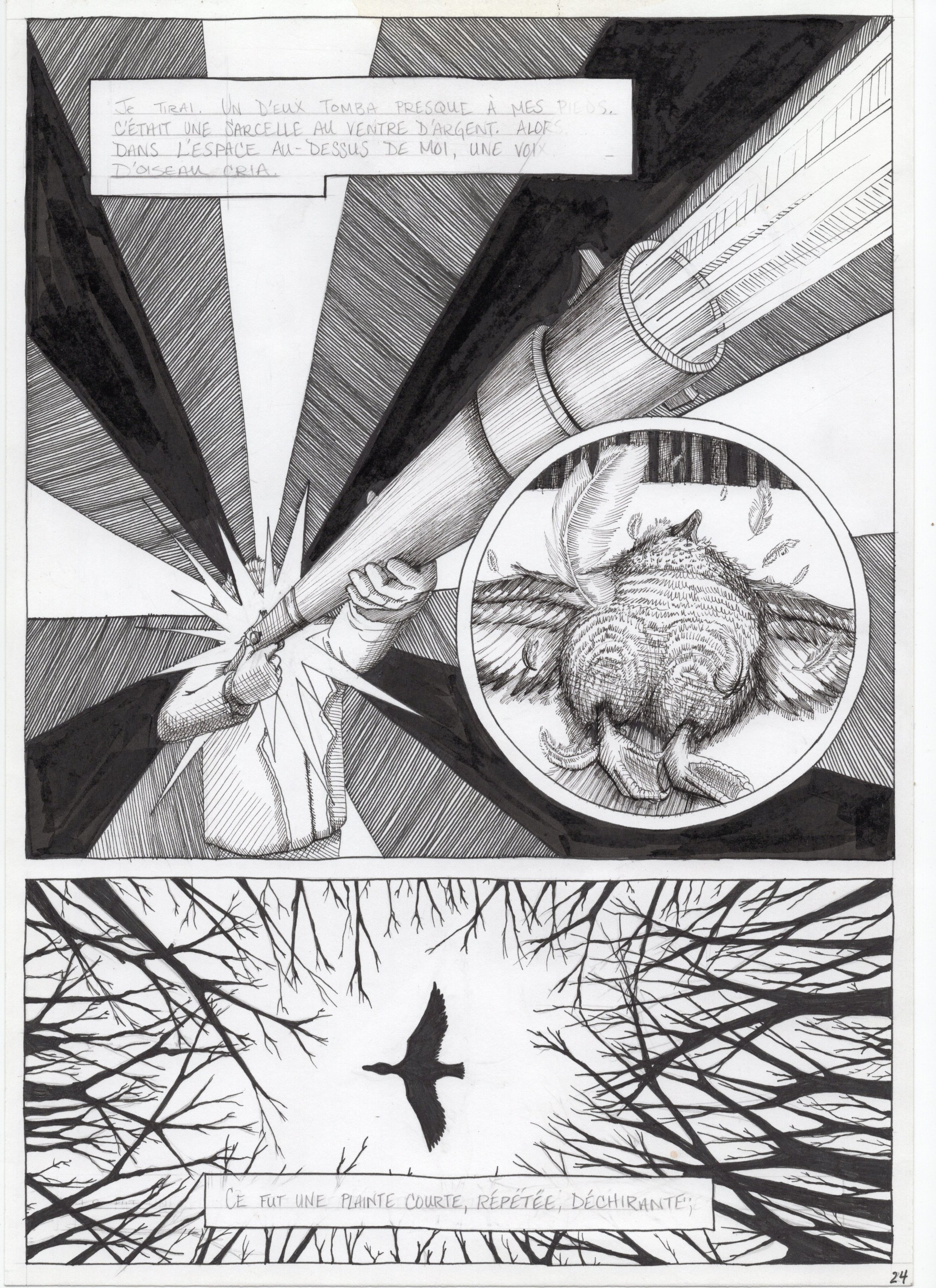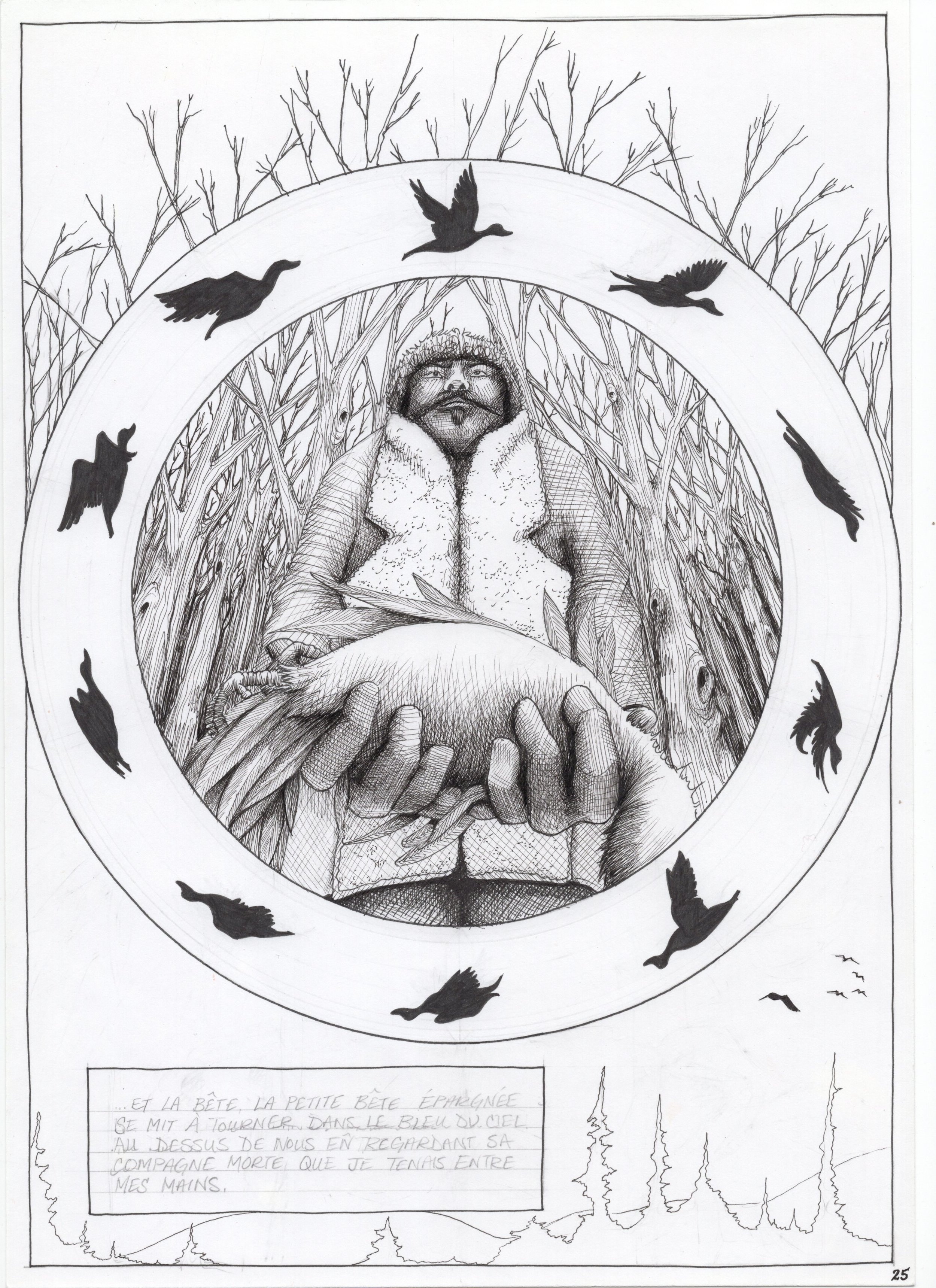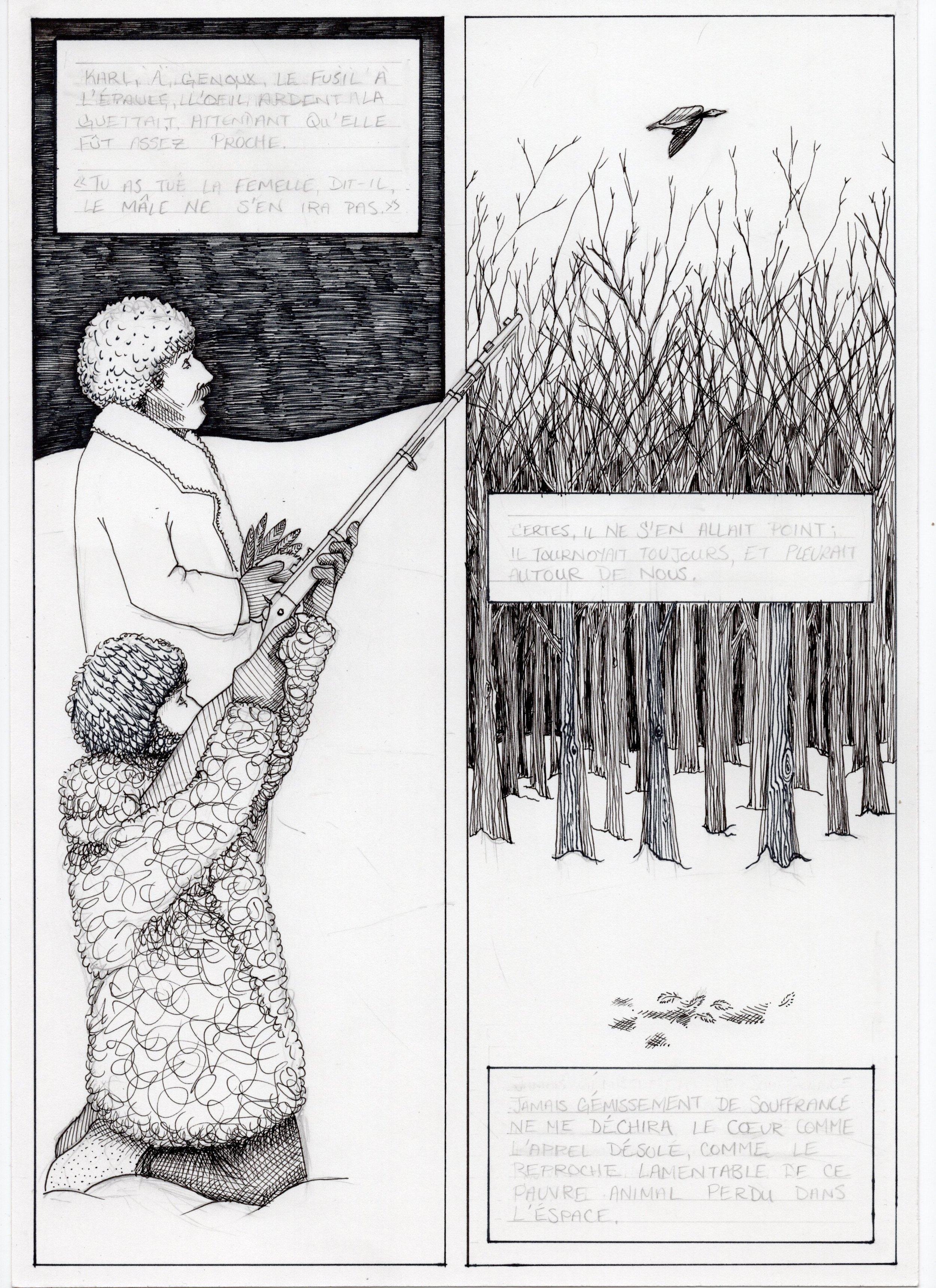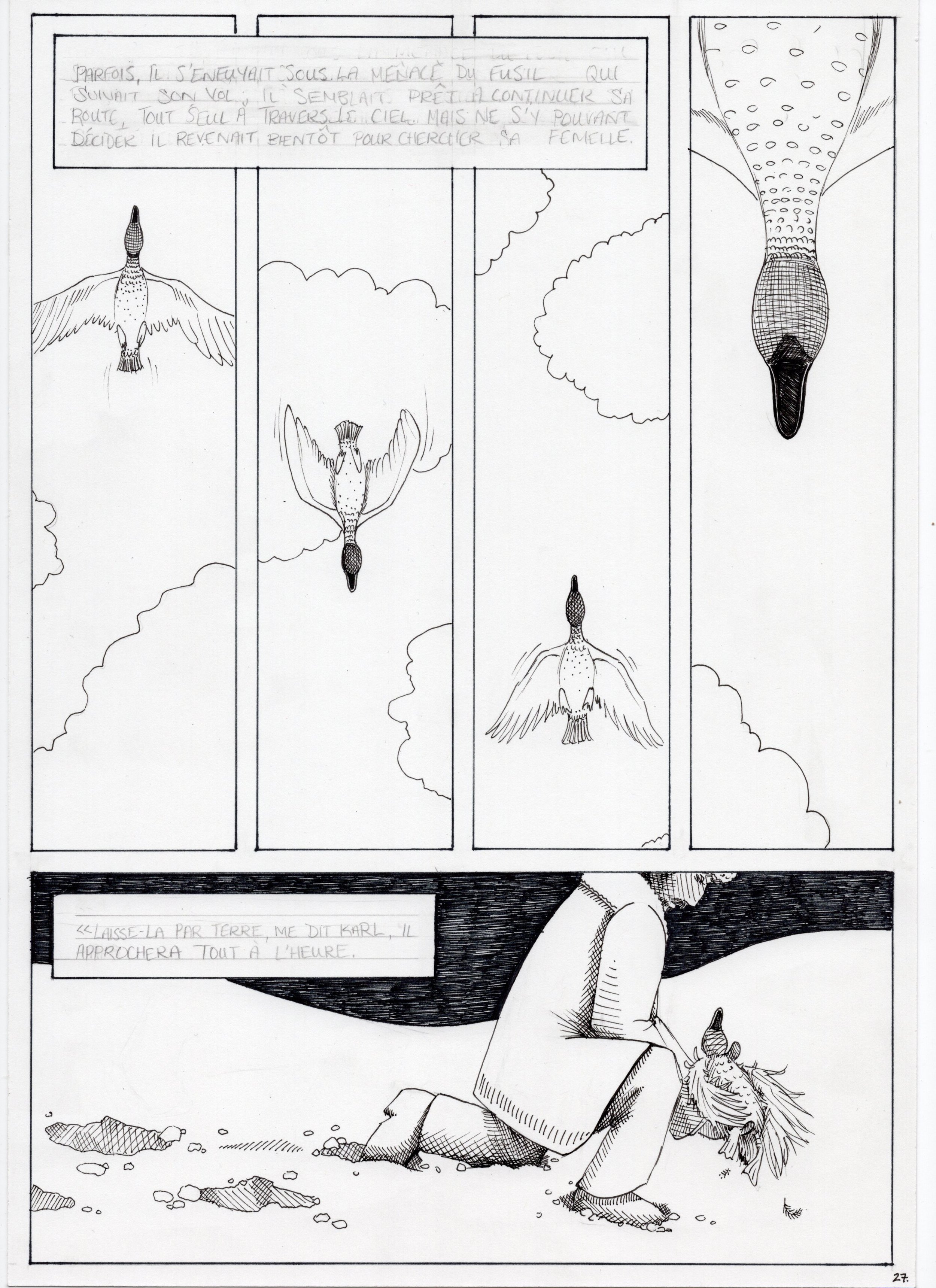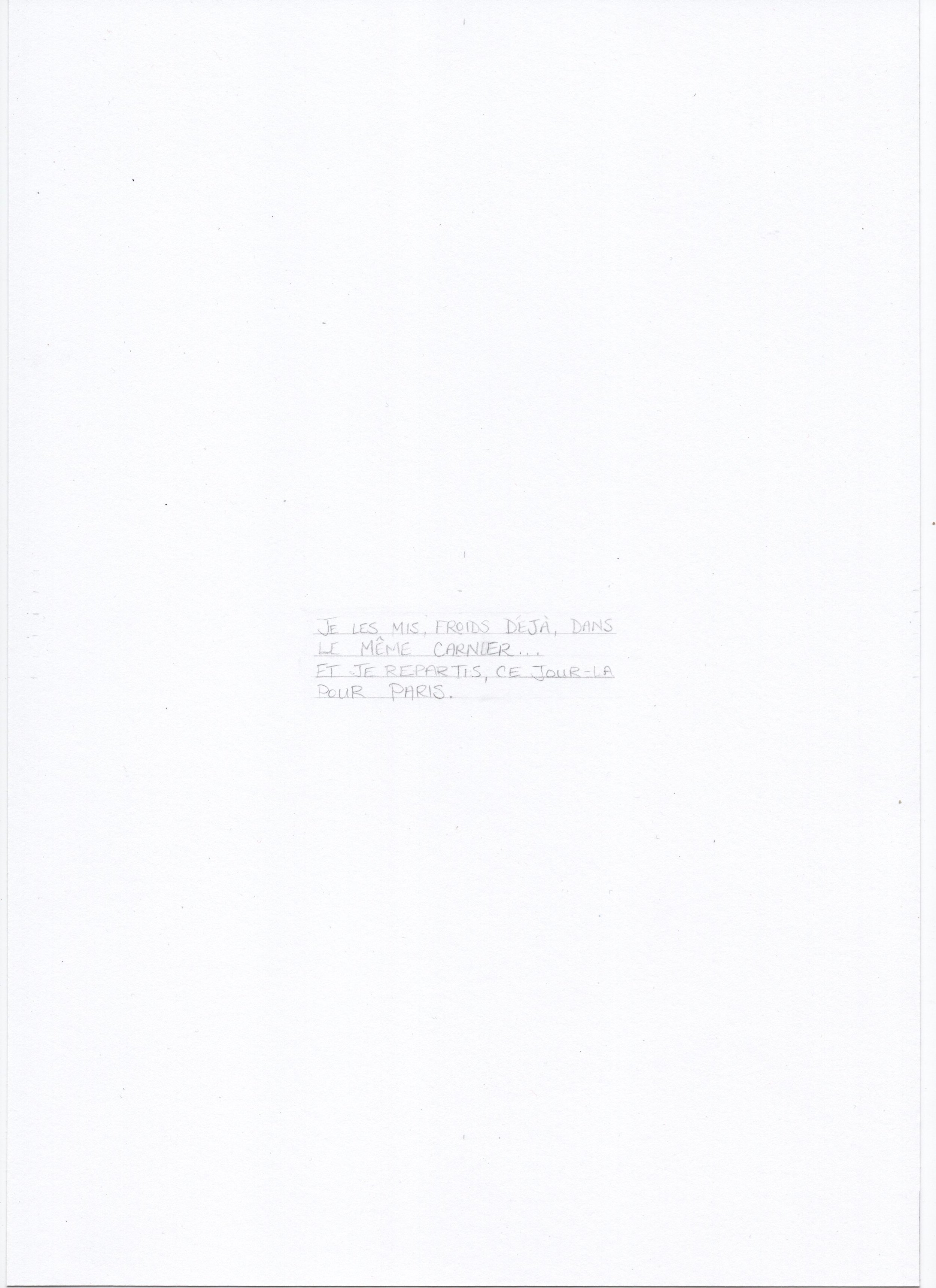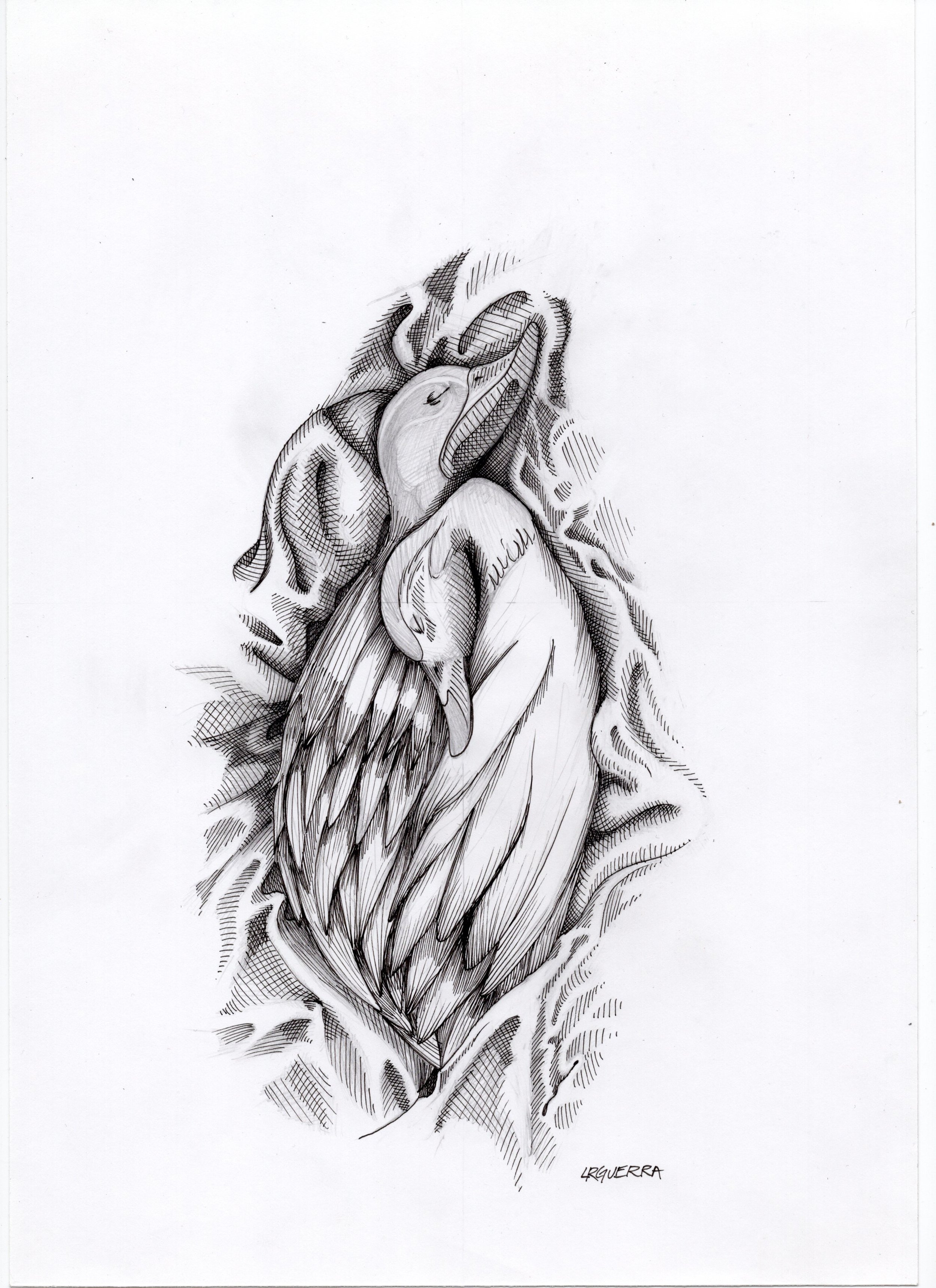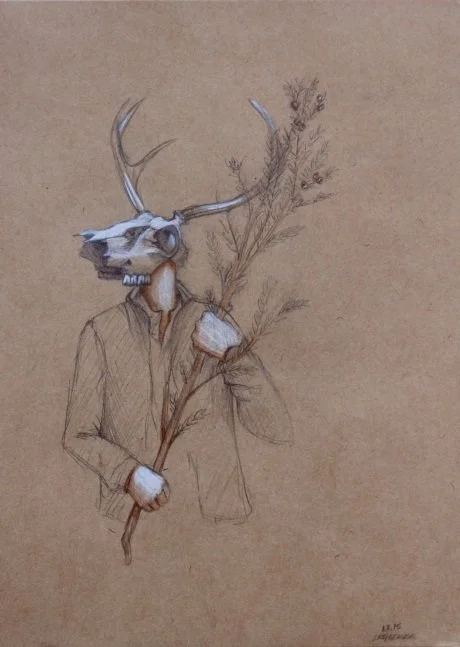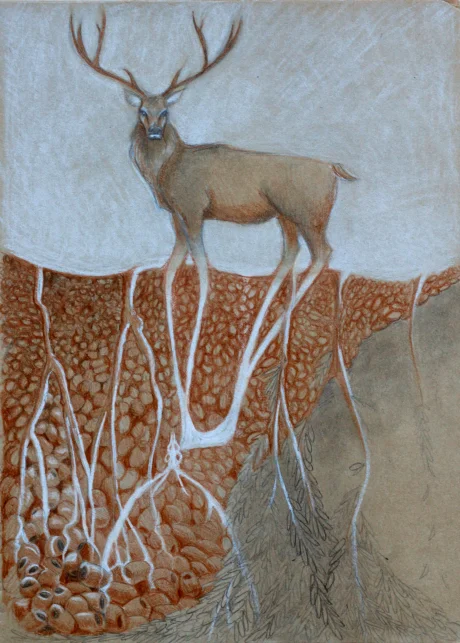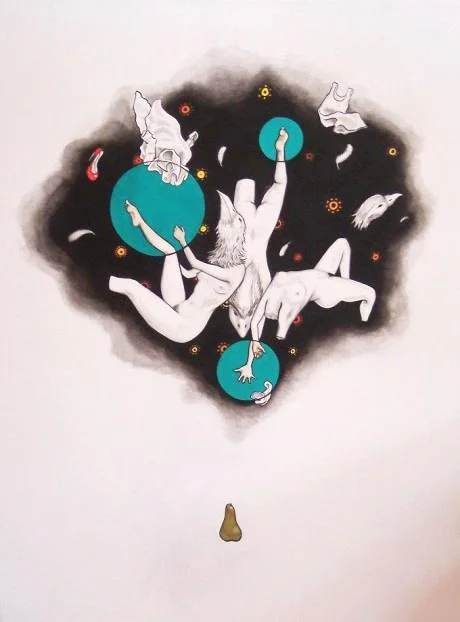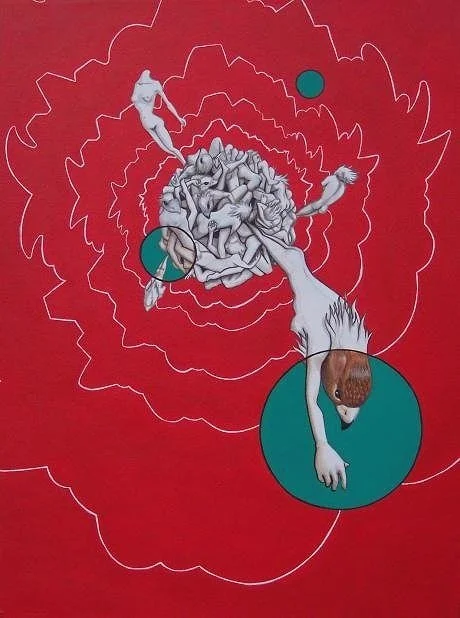PERSONAL WORK
AMOUR
I lived and worked in France for two years, and one of the first short stories I read while there was Amour, by Guy de Maupassant. I was struck simultaneously by the beauty, the tragedy and the mundanity of life and love from his perspective. The harshness and beauty in this story lie in our ability to take life and love for granted, even, to an extent, when they are gone. It is only upon reflection that the full weight of loss describes the full weight of our love, and our need for connection, both to nature and to each other. This piece is still a work in progress, as so many labors of love are...
Lecerf
Full disclosure, these are drawings I made for my friend who passed away in 2014. I’ve had a hard time coming to terms with the fact and the method of his passing, and have been incapable of creating anything that refers to him.
I have been equally annoyed and ashamed of the clear morbidness of the subject matter and even had a stranger at a coffee shop ask me if I spend all day drawing skulls because, and I quote, “that’s who I am as a human being.”
Strangers are funny in their ability to point out the absurd and the obvious with simultaneous coarseness, vulgarity and innocence. There is something crucial in what he said. My friend’s death has tainted my experience of living in ways I cannot express. It touches me at my very nerve endings. It makes me afraid to show my thoughts and ashamed of feelings that refuse, silently and cripplingly, to pass on themselves.
These drawings are for Yoann because I think he would love them. I made them because the only way I know how to deal with his death is to make it beautiful. I cannot help but look, so I need to begin looking at it in a way that I can control and even manipulate.
On top of everything else, my dear friend deserved a longer life than he had. So here, if only in the tiniest way, I am re-creating my friend, giving the world new experiences of him and doing what I can to celebrate his life while making pictures of his death. Strangers in cafes be damned, Yoann would have liked the skulls.
Thank You, Mr. Hawking
This series of paintings and sketches is inspired by my reading of Stephen Hawking’s scientific texts on quantum theory and special relativity. Each painting is essentially my way of describing a concept such as particle entanglement or the curvature of space-time. Mr. Hawking wrote that according to our understanding of gravity, “bodies tend to fall together.” I read the sentence over numerous times and was on the point of tears as I first sketched out my own interpretation of it.
I find these theories and postulates beautiful in their simplicity and ingenuity and recognize that much of the work being done in physics currently must be born out of the creativity of artistic minds willing to visualize the possible universe and make cognitive leaps that can, to the layman, sound like science fiction.
Science is, in our modern understanding, our way of describing the universe: its past, future and present. It has taken the place of religion not only in defining what the universe is, but inspiring those who follow it to have faith in theory and principle. Granted, proofs have been found for many theories, but a cutting edge understanding of physical theory requires the mind to take leaps of faith.
I am using religious symbolism, specifically Greek statue, Egyptian mythology and Catholic iconography, as artistic tools to describe my understanding of modern scientific theory in a way that I hope inspires the viewer with a sense of beauty. I am inspired by the quest to understand the origin of life, the role that the human race plays in it and our need to identify with some form of higher power, be it a god or a rational universe.
